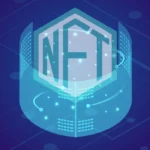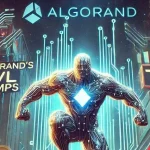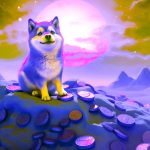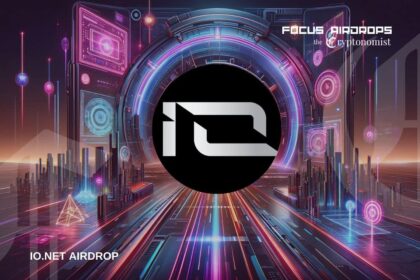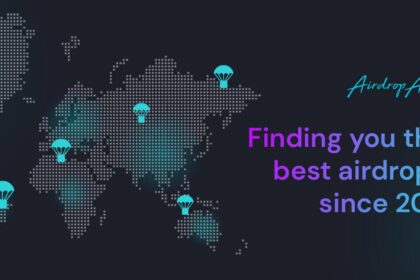The fashion industry is rapidly evolving, and Non-Fungible Tokens (NFTs) are playing a crucial role in digital fashion and wearables. As more people engage with virtual worlds, gaming, and the metaverse, digital fashion has become a new frontier for creativity, ownership, and monetization.
In this article, we will explore:
- What NFTs are and how they relate to fashion.
- How digital fashion and wearable NFTs are changing the industry.
- The top brands and designers using NFT wearables.
- How consumers can buy, trade, and invest in NFT fashion.
- Challenges and the future of NFT wearables.
1. Understanding NFTs in Fashion
What are NFTs?
NFTs are unique digital assets stored on a blockchain that prove ownership of digital or physical items. Unlike cryptocurrencies, NFTs cannot be replicated, making them ideal for exclusive digital fashion pieces.
How NFTs Apply to Digital Fashion
NFT fashion includes digital clothing, accessories, and wearable items that can be:
- Used in metaverse platforms like Decentraland and The Sandbox.
- Integrated into gaming and social media avatars.
- Worn using augmented reality (AR) and virtual reality (VR) technology.
- Owned as collectible digital assets that increase in value over time.
2. How NFTs are Transforming Digital Fashion
NFTs are disrupting the fashion industry in multiple ways:
1. Ownership & Authenticity
Blockchain technology ensures that NFT fashion items are unique and verifiable, preventing counterfeits.
Example: Gucci launched Gucci Aria NFTs, proving the authenticity of digital wearables.
2. Customization & Digital Identity
People can use NFT wearables to express their identity in virtual worlds and gaming platforms.
Example: Nike introduced Cryptokicks, allowing users to customize and trade digital sneakers.
3. Monetization for Designers
NFTs enable independent designers to sell digital collections directly to consumers, bypassing traditional retail.
4. Sustainability & Ethical Fashion
NFT fashion reduces waste by eliminating the need for physical production, making it a sustainable alternative to fast fashion.
Example: The Fabricant is a 100% digital fashion house that creates high-end NFT garments with zero environmental impact.
3. The Leading Brands and Designers in NFT Fashion
1. Luxury Brands Adopting NFT Wearables
Several high-end fashion brands have embraced NFTs to create exclusive digital fashion collections.
- Gucci: Released Aria NFT and collaborated with Superplastic on NFT collectibles.
- Dolce & Gabbana: Sold their Collezione Genesi NFT collection for over $6 million.
- Balenciaga: Partnered with Fortnite to sell NFT-based skins.
- Louis Vuitton: Developed a blockchain-based game featuring exclusive NFT items.
2. Digital-Only Fashion Designers
Innovative designers are creating fashion exclusively for the digital space.
- The Fabricant: A digital-only couture house that creates high-end virtual wearables.
- RTFKT Studios: Acquired by Nike, they design NFT sneakers and digital collectibles.
- Auroboros: A metaverse fashion brand creating self-evolving NFT garments.
4. Where to Buy, Trade, and Invest in NFT Fashion
1. NFT Marketplaces for Digital Fashion
Consumers can buy and sell digital wearables on NFT marketplaces such as:
- OpenSea: The largest NFT marketplace with fashion collectibles.
- Rarible: A decentralized platform where designers sell fashion NFTs.
- Zora: Specializes in high-end digital wearables and clothing.
- The Dematerialised: A dedicated digital fashion NFT marketplace.
Example: A virtual sneaker from RTFKT Studios sold for $10,000+ on OpenSea.
2. Investing in NFT Wearables
Some NFT fashion items increase in value over time, making them a lucrative investment.
Example: A virtual Gucci Ghost NFT originally sold for $3,000 and later resold for $16,000.
5. Challenges of NFT Fashion and Wearables
1. Accessibility & High Prices
Exclusive digital fashion pieces can be expensive, limiting accessibility to wealthy collectors.
Solution: Some brands, like DressX, offer affordable NFT fashion for mainstream consumers.
2. Environmental Impact of Blockchain
Minting NFTs on Ethereum consumes energy, raising concerns about sustainability.
Solution: Designers are moving to eco-friendly blockchains like Polygon and Tezos.
3. Market Volatility
NFT values fluctuate, and some investments may not be profitable.
Solution: Research and invest in established NFT fashion brands to minimize risk.
6. The Future of NFTs in Digital Fashion
1. NFTs in the Metaverse
As virtual worlds grow, NFT wearables will become essential for digital identity and self-expression.
Example: Decentraland and The Sandbox allow users to buy and wear NFT fashion items.
2. Augmented Reality (AR) Wearables
Future NFT clothing will be wearable in real life using AR technology.
Example: DRESSX allows users to wear digital outfits in AR photos and videos.
3. AI-Generated Fashion NFTs
Artificial intelligence will enable algorithm-generated NFT fashion, making one-of-a-kind pieces for consumers.
Example: Auroboros is pioneering AI-powered digital fashion pieces.
7. Conclusion
NFTs are revolutionizing the fashion industry by offering digital ownership, customization, sustainability, and monetization opportunities. As the metaverse and blockchain technology evolve, NFT wearables will become a mainstream part of digital culture.



